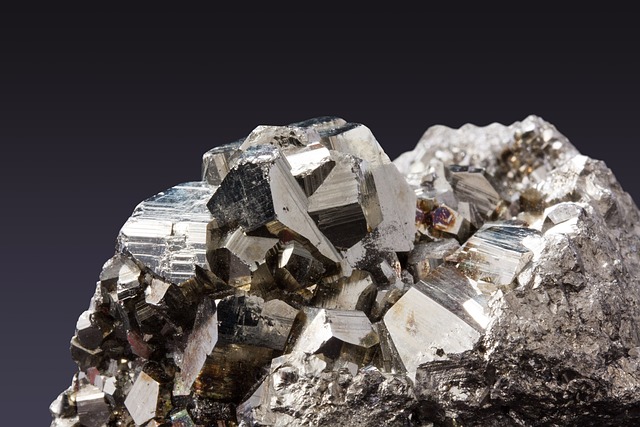
Overview of the Chapter: Mineral and Power Resources
This chapter introduces students to the importance of minerals and power resources in our daily lives and their role in economic development. It covers the classification of minerals, their distribution, and the significance of conserving these resources. Additionally, it explores various conventional and non-conventional sources of energy.
Mineral: A naturally occurring substance with a definite chemical composition and physical properties.
Types of Minerals
Minerals are classified into three main categories:
- Metallic Minerals: These contain metals (e.g., iron ore, bauxite).
- Non-Metallic Minerals: These do not contain metals (e.g., limestone, mica).
- Energy Minerals: Used for generating power (e.g., coal, petroleum).
Distribution of Minerals
Minerals are unevenly distributed across the world. Some key regions include:
- Asia: Rich in iron, tin, and bauxite.
- Africa: Abundant in gold, diamonds, and copper.
- North America: Major reserves of coal, petroleum, and natural gas.
Power Resources: Sources of energy used to generate electricity and fuel for various activities.
Conventional Sources of Energy
These are traditional and widely used energy sources:
- Coal: Used in thermal power plants.
- Petroleum: Essential for transportation and industries.
- Natural Gas: Cleaner than coal and petroleum.
- Hydropower: Generated from flowing water.
Non-Conventional Sources of Energy
These are renewable and environmentally friendly:
- Solar Energy: Harnessed from sunlight using solar panels.
- Wind Energy: Generated through wind turbines.
- Biogas: Produced from organic waste.
- Tidal Energy: Obtained from ocean tides.
Conservation of Minerals and Power Resources
Due to their limited availability, conservation is crucial. Some methods include:
- Recycling metals and minerals.
- Using energy-efficient appliances.
- Promoting renewable energy sources.
